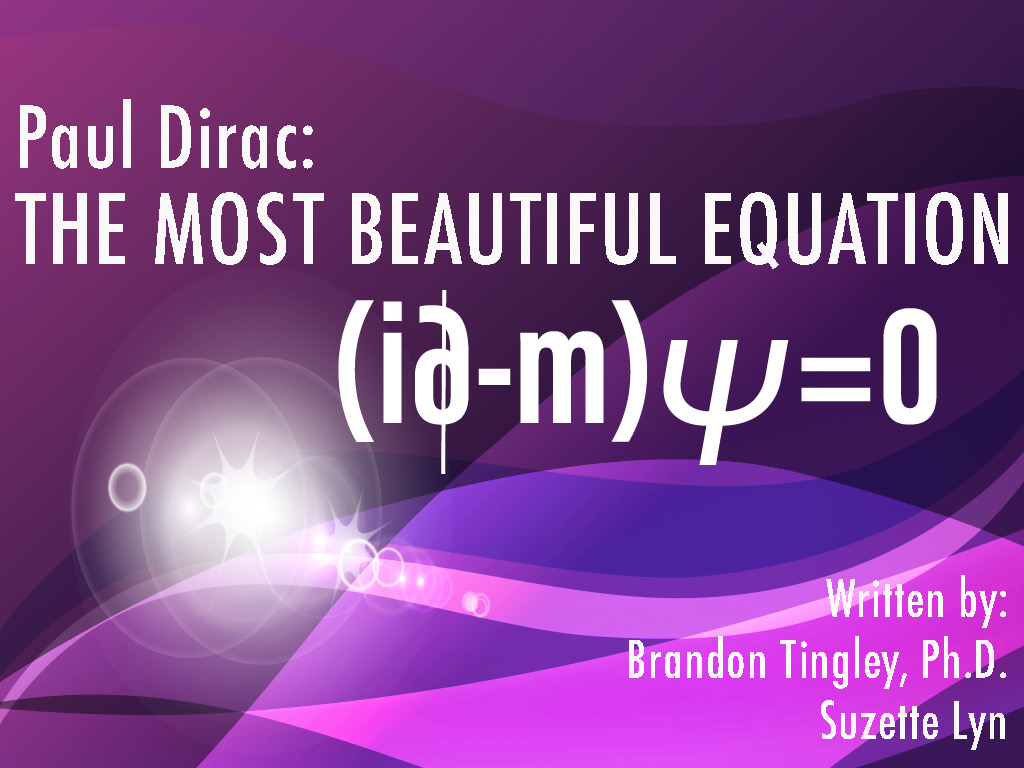
The godfather of Modern Quantum Mechanics
Paul Dirac was one of the most significant — and curious — characters in the annals of physics. His contributions to both quantum mechanics and mathematics are both varied and considerable, from the Dirac equation, to early work on quantum field theory that forms the backbone of superstring theories, to experimenting with uranium enrichment for the Manhattan Project. He proposed the existence of both antimatter and magnetic monopoles as natural consequences of equations he derived. He had a very mathematical approach to theoretical physics that continues to inspire and awe researchers around the world to this day.
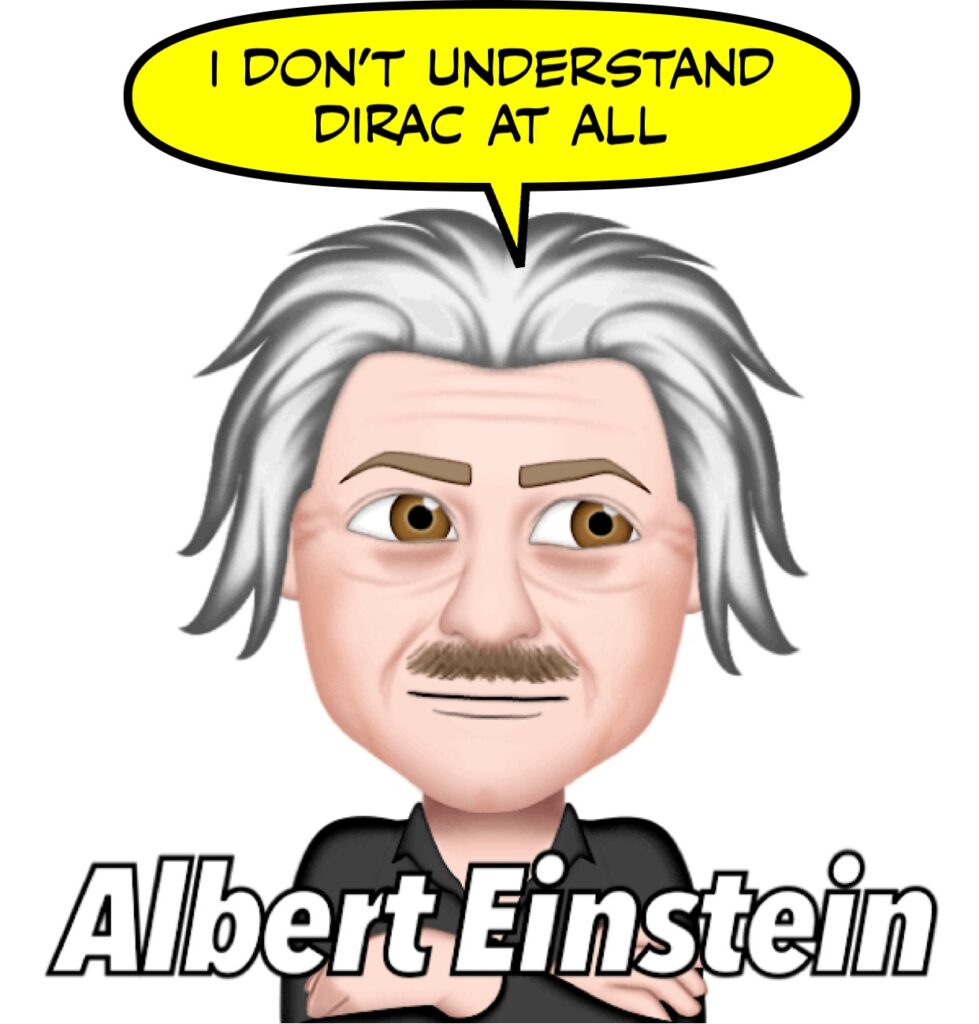
Dirac was nearly as famous among his colleagues in the academic elite for his quirky personality as he was for his research. Taciturn in the extreme, his fellow researchers at Cambridge went so far as to define a new unit called a dirac, which was equal to one word an hour. Indeed, during his postgraduate years, he has stated that he worked every day except Sunday, when he took long walks by himself.
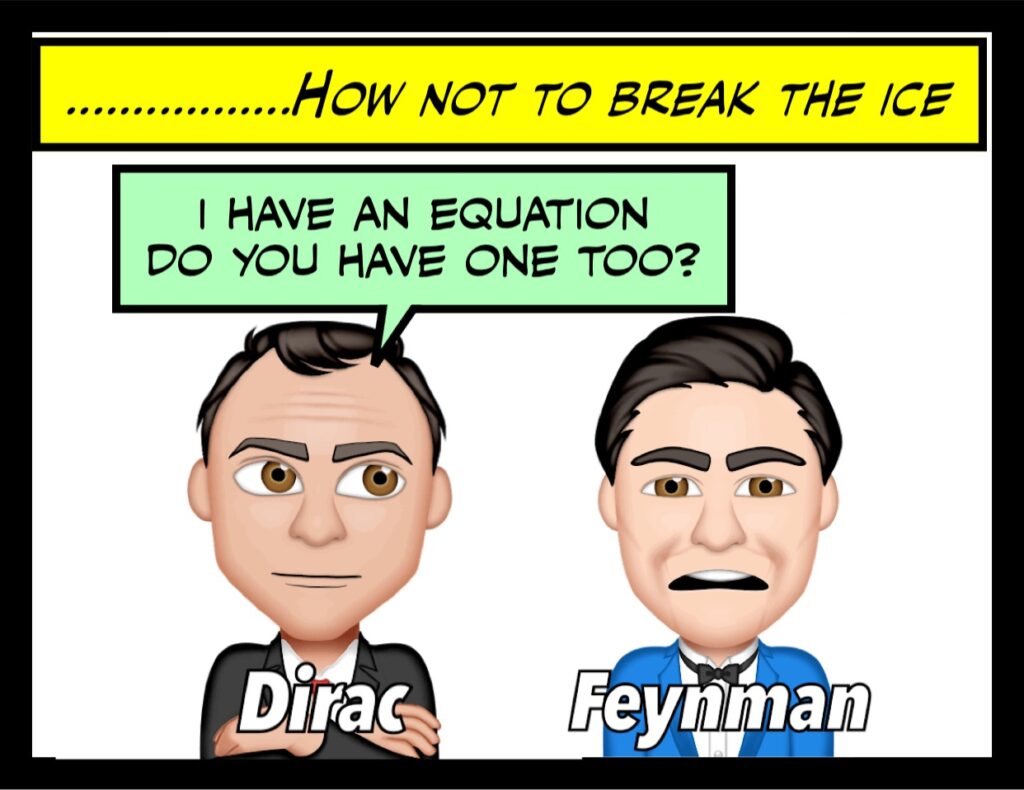
Furthermore, he was known to lack social graces: during their first meeting, Dirac said to a young Richard Feynman in an attempt to break the ice after a long, awkward silence: “I have an equation named after me, do you?” Einstein struggled with him as well, writing in a letter, “I have trouble with Dirac. This balancing on the dizzying path between genius and madness is awful.” Despite these issues, he got married in 1937 to Margit Wigner, the sister of Nobel Prize winning Eugene Wigner, adopting her two children from a previous relationship and fathering two more. As a couple, they were complete opposites, and it worked, as sometimes it does.
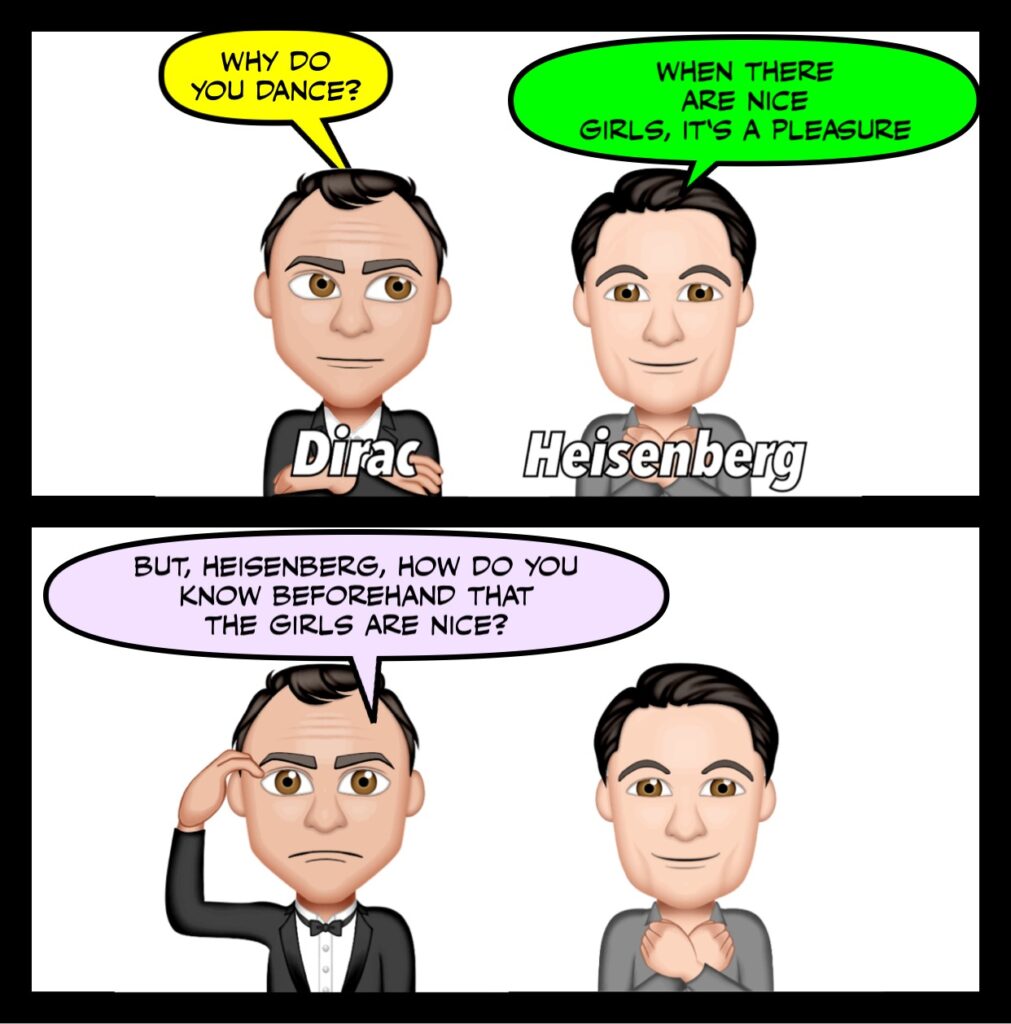
The Dirac Equation
In a lifetime of scientific achievement, Dirac’s greatest accomplishment is, without a doubt, the Dirac equation.
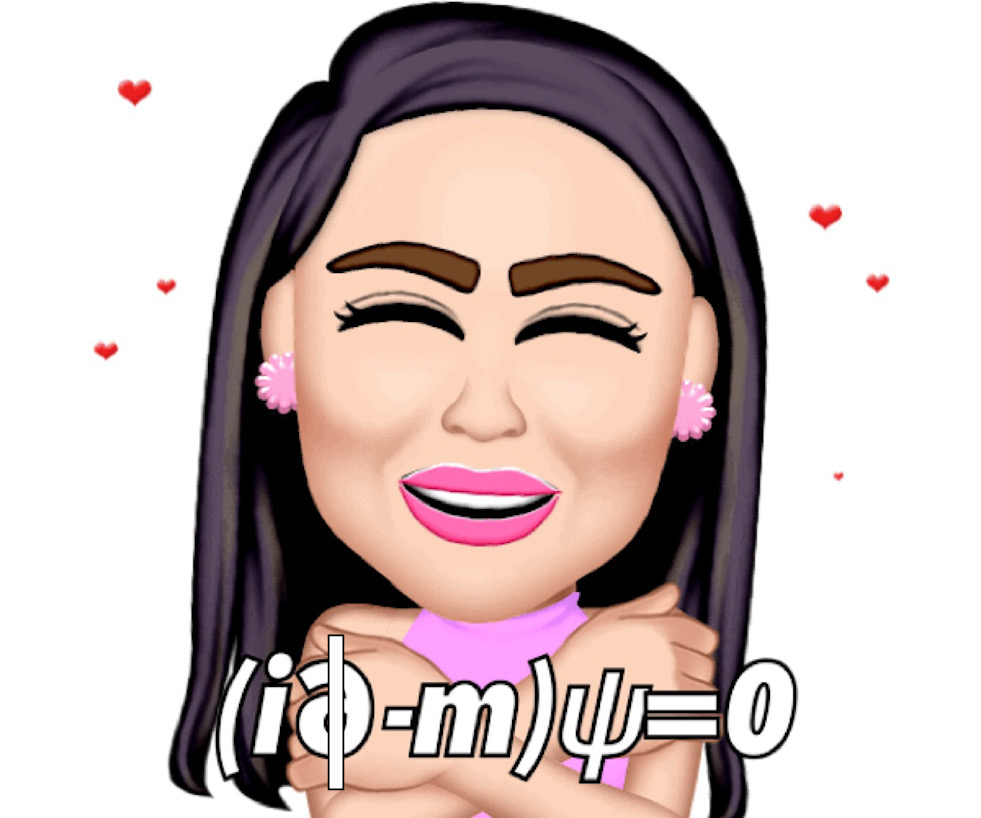
Erwin Schrödinger’s famous equation, describing the wave function of a quantum mechanical system, was itself an amazing discovery. However, it is limited in that it only encompasses the non-relativistic world. Many physicists had tried their hand at marrying the quantum world of Schrödinger with the relativistic one of Einstein without success — and without it, the wave function of relativistic particles, such as the electron, could never be understood.
Story has it that one evening Dirac, who loved to play with equations, was staring into his fireplace in his home in Cambridge when a new approach to the problem occurred to him: to take the square root of the operator at the core of Schrödinger’s equation. This immediately led to a solution with four matrices, implying that the wave function must have four components.
The result gave new insight into Wolfgang Pauli’s two component hypothesis of spin, which had been based on observation rather than theory and which Pauli himself could not explain. Indeed, its prediction of the spin of the electron was a perfect match with experiment.
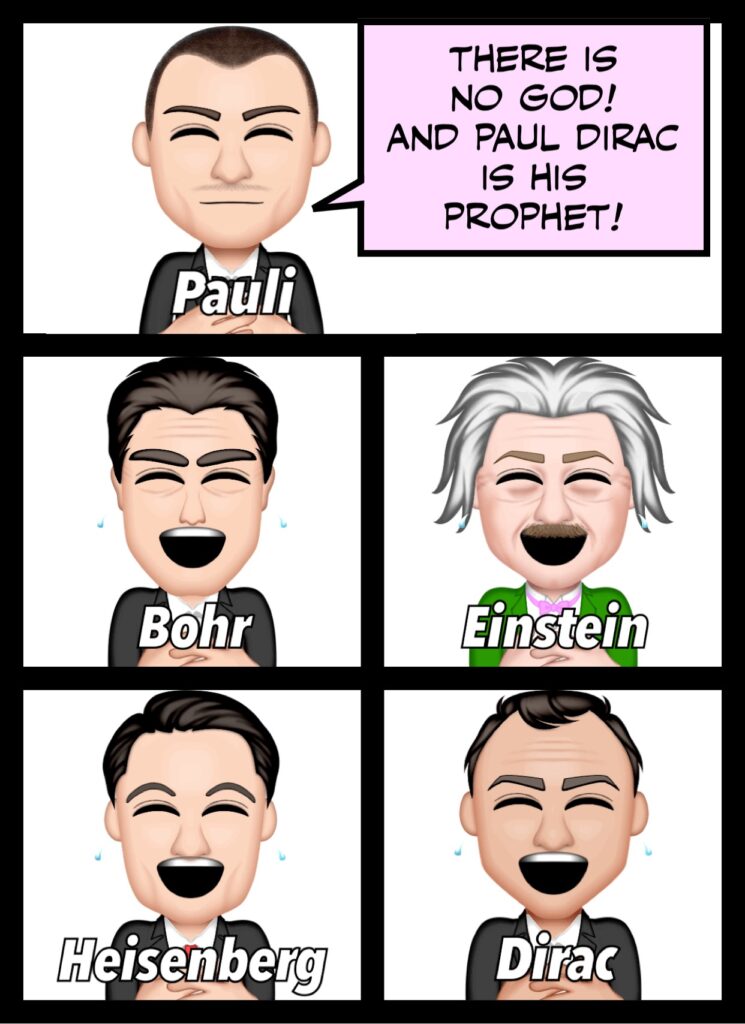
Antimatter:
The theory made other predictions as well. One of the implications of the four component solution was the fact that the electron must have a shadow particle with negative energy. This sent off a shock wave through the physics community, which suddenly struggled to explain things as basic as the stability of the hydrogen atom. After a few years, it became clear that a new particle must exist, one with the same mass as an electron but the opposite charge, with the added quality that if this particle, which Driac dubbed an “anti-electron”, should ever meet an electron, they would annihilate each other in a burst of radiation. It came as almost a relief to the science community when, in 1932, just such a particle was discovered by Carl D. Anderson.
The Magnetic Monopole:
The last major implication of this theory is one that still motivates experimental research today, defying all efforts to resolve it for nearly a century now. It theorizes the existence of a particle known as a magnetic monopole — that is to say, it is a “north” magnetic pole without “south” one, or vice versa. For decades, physicists have created more and more sensitive experiments to detect this elusive entity without success, making it almost like the Bigfoot of theoretical physics. As Dirac’s equation is part of Grand Unified Theorems, this presents a bit of a problem, as some theories predict they should in fact have been created in large quantities in the early Universe and should have persisted until the current day. Their apparent absence has left cosmologists and theoretical physicists looking for new ways to create a Universe without them.
Epilogue:
Dirac was awarded the Nobel Prize for this work in 1933 and went on to have a long life doing the things that he loved best: playing with equations, teaching, and being with his family. He continued his work on quantum electrodynamics, rejecting the “renormalization” techniques that neatly excised the troubling infinities that were the natural consequence of the formalization, trying to place them on “logical foundations”. He ultimately moved from Cambridge to Florida late in life, in order to be closer to his children. He died there in 1984, aged 82, still playing with equations, hoping to find a Hamiltonian that could remove the need for the renormalizations he detested yet nevertheless agreed so well with observation.
